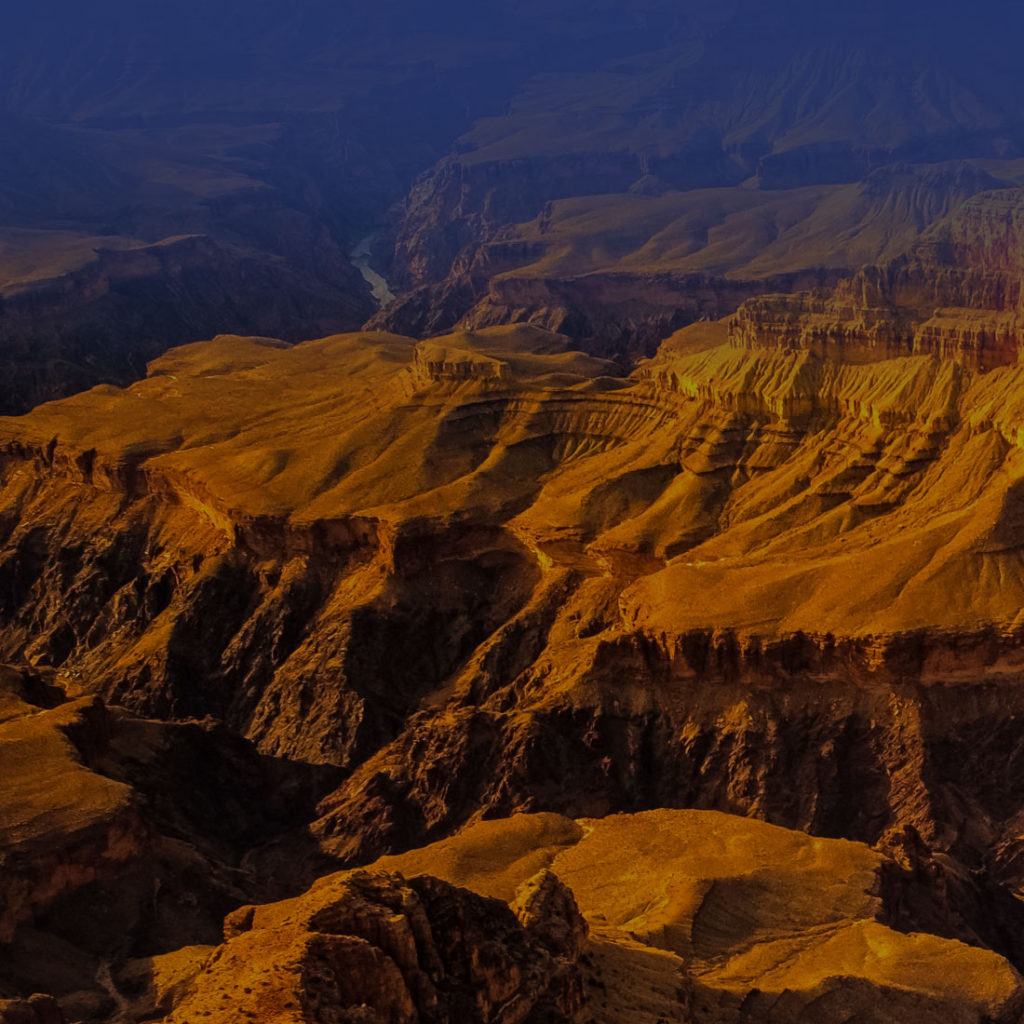Roosevelt Dam celebrates its 100th birthday
July 19, 2011Recollections of the day one of the greatest presidents stood atop the world’s largest dam animates centennial
By Pete Aleshire
March 22, 2011
The Payson Roundup
The dam that remade the West had its 100th birthday this weekend, but this time Teddy Roosevelt did not need a horse and carriage and a tough constitution to make it to the ceremony.
David Rousseau, president of SRP, and Kira Finkler, deputy commissioner for External and Intergovernmental Affairs, open a time capsule from 50 years ago at the closing of the Roosevelt Dam Centennial ceremony.
On Friday, some 200 visitors and dignitaries converged on the dam that launched the era of giant dams that remade the American West. Then on Saturday, hundreds more took advantage of free tours of the dam that still generates power, lures tourists to Rim Country and sustains the nation’s fifth largest city.
Once again, Teddy Roosevelt stole the show.
In 1910, the war hero, Nobel Prize winner, explorer, author, naturalist and trust-busting progressive traveled across the country to attend the dedication of the world’s largest dam and celebrate the creation of the world’s largest man-made lake — which now bears his name. Shortly after his speech there, he launched the Progressive Bull Moose Party —one of the most successful third parties in the nation’s history.
On Friday, the speech by a Teddy Roosevelt re-enactor enlivened the proceedings, which included remarks by Gov. Jan Brewer, Salt River Project President David Rousseau and others. Also in attendance were a host of state and federal officials, including Congressman Paul Gosar, who represents Rim Country.
The ceremony reflected the crucial role Roosevelt Dam played in the development of the West — setting the legal and technological stage for the later construction of Hoover Dam and a chain of massive concrete dams on the Colorado River.
Growers in the Valley crusaded to convince Congress to come up with $10 million to build the curving, 280-foot-high, 723-foot masonry dam. That amounted to about $50 for every man, woman and child in Arizona — at a time when the average annual salary was $750.
However, the growers and developers concluded they could never develop the Valley unless they could control floods and store water behind a chain of dams on the Salt and Verde rivers.
Not only did the all-out lobbying effort coax the money out of Congress, but lawmakers also established the Tonto National Forest and gave the fledgling Salt River Project rights to all the surface runoff into the lake that formed behind the dam. Technically, the Salt River Project still owns the rainfall and stream runoff on which many Rim Country communities depend if they rely on diversions or shallow drinking water wells.
The dam also included hydroelectric generators, a key feature in all the major dams that followed. To this day the dam generates about 36,000 kilowatts annually.
That decision produced a century’s worth of complications involving SRP and Rim Country landowners, which remain of vital importance to this day.
Built between 1905 and 1910, the dam qualified as an engineering marvel and symbolized the onset of the dramatic rise of the United States as a world, economic power. It used a “cyclopean-masonry” design of irregular blocks, a style first developed by the Romans and Greeks. The dam was constructed just before the development of new forms of concrete made much larger dams possible.
At that first dedication, Arizona had barely 200,000 residents, the bulk of them living near Tucson. The completion of the dam set the stage for the explosive rise of the Valley, which now harbors almost two-thirds of the state’s 6.5 million residents.
SRP expanded and renovated the dam in 1989, after tree-ring studies demonstrated that the massive watershed draining into Roosevelt Lake could create far bigger floods than the dam-builders realized.
That $430 million federal project raised the height of the dam by 77 feet and encased the original, almost ornate masonry structure in concrete. It also increased the size of Roosevelt Lake by 20 percent, although SRP didn’t actually fill the dam to the new level until last year, as a result of the impact of a decade of drought that came close to drying up the massive reservoir.
That expansion cost about $14 per Arizona resident, which only underscores the breath-taking scale of that original project, intended to stimulate the growth of a remote territory with only a handful of voters.
In that expansion project, the Bureau of Reclamation contractors roughly tripled the volume of the structure to more than 606,000 cubic yards of material. The now 1,210-foot-long dam has a 196-foot base and tapers to a graceful 21.6-foot width at the top. The spillway can release 150,000 cubic feet per second to prevent floods from overtopping the dam.
That remodeling used enough concrete to pave a two-lane road from Phoenix to Tucson and 6.7 million pounds of steel rods — enough to stretch from Phoenix to Denver if laid end-to-end.
President Theodore Roosevelt was the perfect person to preside over that first ceremony, with a capacity and vision as audacious as the dam’s designers.
The Harvard-educated heir of an aristocratic family, Roosevelt overcame severe childhood asthma to become a cowboy, rancher, sheriff, police commissioner, secretary of the Navy, New York governor, explorer and Congressional Medal of Honor winner after leading his “Rough Riders” up a hill under fire in the Cuban-American war. He wrote books and launched a vigorous progressive movement as he crusaded to limit the monopolistic power of big business.
He was vice president when an assassin killed President William McKinley in 1901 and won a second term in a landslide in 1904. When the business-oriented Republican Party balked at his “square deal” progressivism, he launched his own party.

